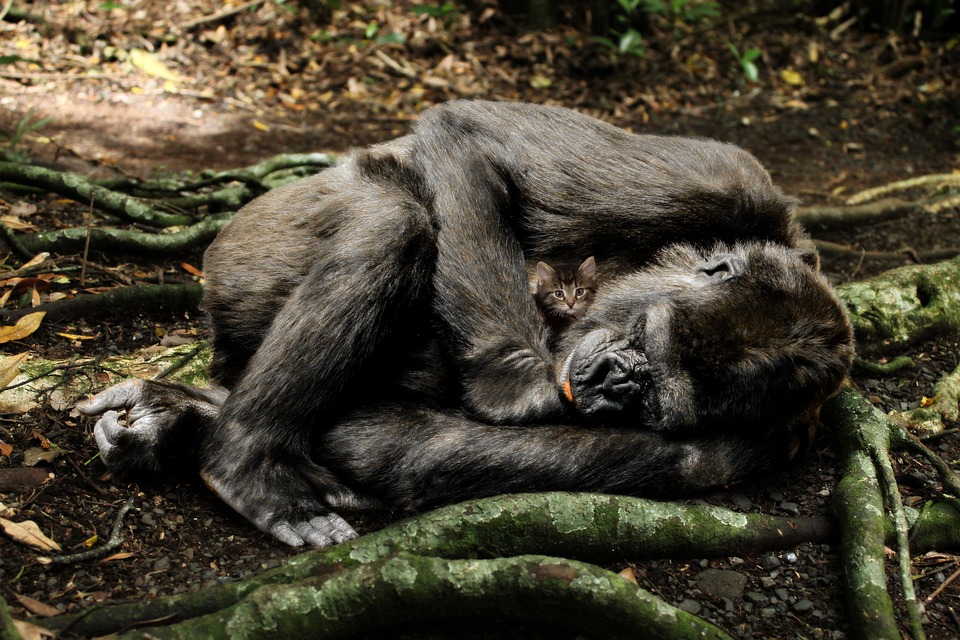Introducing a new cat to an existing dog can be a challenging process, but with the right approach, it can also be a rewarding experience for both pets. The key is to take it slow and provide a safe and positive environment for them to get acquainted. Here is a step-by-step guide to help you navigate the introduction process smoothly:
1. Preparation is Key: Before bringing the new cat home, make sure you have separate spaces for each pet. This will allow them to have their own safe areas to retreat to when needed. Also, introduce the dog to the cat’s scent by swapping bedding or using a towel to rub the cat and then letting the dog smell it. Lastly, gather all the necessary supplies such as food bowls, litter boxes, and toys for both pets.
2. Gradual Introduction: Start by allowing the pets to get familiar with each other’s scents. You can do this by swapping their bedding or using separate blankets that they can lie on. Once they are comfortable with each other’s scent, you can introduce visual contact through a barrier such as a baby gate or a door crack. This will allow them to see each other without direct interaction. Gradually increase supervised face-to-face interactions, always keeping a close eye on their body language and reactions.
3. Positive Reinforcement and Rewards: Reward calm and positive behavior from both pets during their interactions. Use treats and praise to encourage peaceful interactions and discourage any aggressive or fearful behavior. It’s important to avoid punishment or negative reinforcement, as this can create stress and tension between them.
4. Supervised Interactions: Monitor their interactions closely, especially during the initial stages. If you notice any signs of tension or aggression, separate them and give them some time apart. Gradually extend their supervised interactions over time, allowing them to get more comfortable with each other’s presence.
5. Creating a Safe Space: Provide hiding spots and vertical spaces for the cat, such as cat trees or shelves. This will allow them to feel safe and secure when they need some alone time. It’s also essential to ensure that the dog cannot invade the cat’s safe space. Additionally, provide separate feeding and litter areas for each pet to avoid any potential conflicts.
6. Patience and Gradual Integration: Allow the pets to dictate the pace of their relationship. Some cats and dogs may become fast friends, while others may take longer to adjust. Be patient and understanding during the adjustment period, and avoid rushing the process. Once trust is established, you can gradually increase their unsupervised time together.
Now, let’s address some frequently asked questions about introducing cats to dogs:
1. Why is it important to separate the pets initially? Separation allows each pet to adjust to the new smells and sounds without feeling overwhelmed. It reduces stress and potential conflicts, making the introduction process smoother.
2. How long does it take for a cat and dog to get along? The time it takes for a cat and dog to get along can vary. Some pets may become friends within weeks, while others may take several months. It’s important to have patience and consistency throughout the process.
3. What signs should I look for to know if the introduction is going well? Signs of progress include relaxed body language, decreased aggression or fear, and positive interactions such as sniffing and playing together. Keep an eye out for these positive signs.
4. What should I do if they don’t get along? If your pets are not getting along despite your best efforts, it’s advisable to seek guidance from a professional animal behaviorist or trainer who specializes in cat-dog introductions. They can provide personalized advice and strategies to address specific issues.
5. How can I prevent the dog from chasing the cat? Training the dog to respond to commands such as “leave it” or “stay” can help redirect their attention and prevent chasing behavior. Consult a professional trainer for guidance on how to train your dog effectively.
Remember, every cat-dog introduction is unique, and it’s crucial to adapt the process to suit the individual personalities and needs of your pets. By following this guide and being patient, you can foster a loving and harmonious relationship between your new cat and existing dog.








